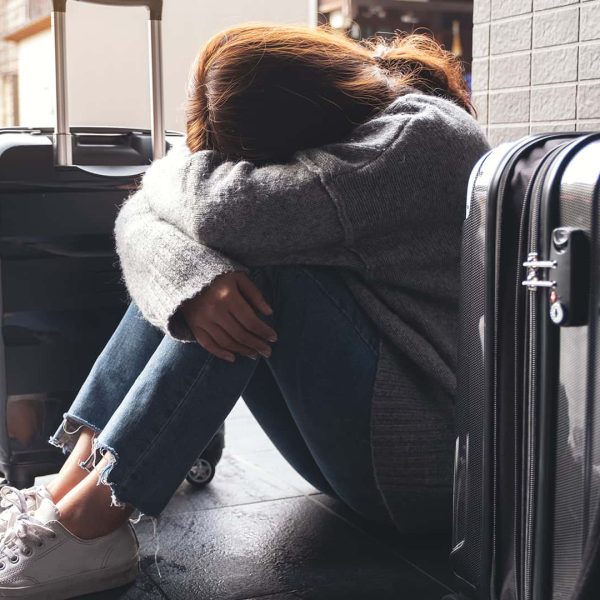It’s important to keep up with all the latest web design trends if you want to keep your present customer base happy and attract new customers.
It may only be spring, but several new web design trends have already sprung up in 2015 – and here’s a list of the ones that are making the most headlines.
1) Responsive Design
If you’re going to do just one thing to improve your website this year it should be to incorporate Responsive Design. Responsive Web Design allows your website to adjust to all mobile devices including phones and tablets, allowing it to fits perfectly within each device’s screen. This user-friendly feature means that people who surf the internet via their mobile devices are more likely to spend time looking at your website, crucially avoiding the “bounces” that can have an adverse effect on your Google rankings and other Search Engine Rankings.
2) Parallax Scrolling
This relatively new technique allows you all your business’s relevant information on its website’s homepage, allowing visitors to get an overview of your business without having to click onto any more pages. Parallax scrolling web design is becoming increasingly popular on corporate and e-commerce websites.
3) Flat Design
Infographics are the most common example of flat-design, and allow creative blends of information, colours and shapes to be used to convey a concise message. One of the most popular current flat-design interfaces is Microsoft’s latest Windows 8 interface design.
4) Ghost Buttons
Ghost Buttons are transparent buttons that allow users to easily click on other pages of your website, yet help maintain the aesthetic qualities of your landing page or homepage.
5) Show the real you
Graphics still have their place on websites; however photographs are increasingly being used as backgrounds. Popular photographs are shots of business premises, employees at work or a combination of the two – and these give your business a sense of truth that customers relate to.
6) Storytelling
No matter how good your products or services are – nothing sells them as well as a great story. Stories allow you to engage current and new customers by showcasing the various nuances of your business and show how great your products and services are.
7) Less Pop-ups
Pop-ups are often annoying to the user, and pop-ups on mobile devices often look out of place and make visitors leave.
8) Animation
Animation is becoming increasingly popular, and it’s a great way of getting marketing across in a light-hearted manner whilst engaging your customers at the same time. Of course they’re not for everyone and every kind of business – so always seek some advice before incorporating them into your website.
TMA understands the needs of both businesses and customers, and our ethos is to design and build websites that help form a long-lasting bond between them.
To learn more about how TMA can help your business, please call us on 0141 221 2090, or drop into our Glasgow studio and discuss your requirements over a cup of coffee.
Need more free advice?
Chris and his team will send you a weekly email offering high-value insight and advice about a variety of marketing and business development topics related to the tourism industry. We address specific destinations, tours and activities, and the hotel industry. We also provide important travel industry news and updates.

